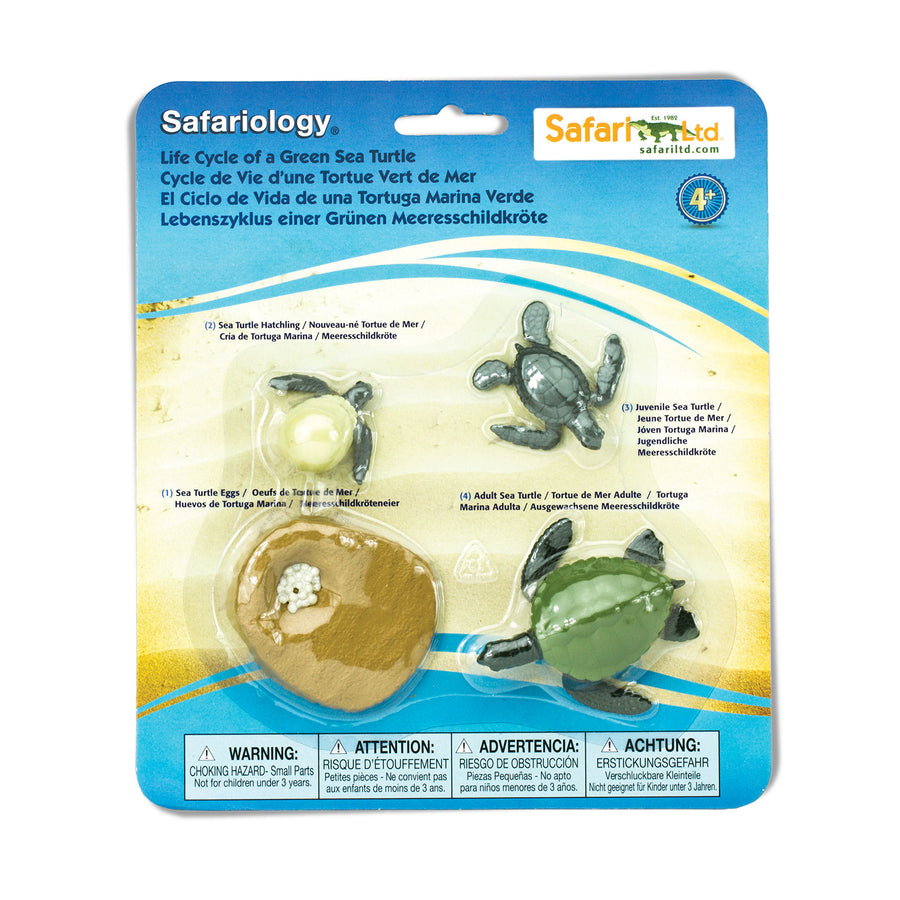Happiness - it’s something we all strive for, but its definition and source can often seem hard to pinpoint. Is it success? Love? A sense of purpose? Or is it simply the perfect slice of pizza? (No judgment here, man).
Science suggests that true happiness is a combination of fulfilling essential human needs and optimizing the brain's natural chemistry. In this blog post, we’ll explore how Maslow’s Hierarchy of Needs, brain chemistry, and practical activities work together to help us cultivate lasting joy.
Maslow’s Hierarchy of Needs: The Foundation of Happiness
Psychologist Abraham Maslow proposed that human happiness follows a structured path, known as the Hierarchy of Needs. Picture a pyramid, but instead of bricks, it’s stacked with everything from basic survival essentials to deep, soul-satisfying personal growth. Let’s break it down:
1. Physiological Needs – Food, water, sleep, and shelter are the foundation of our well-being. Without them, happiness is nearly impossible. (Ever met a happy person who’s running on two hours of sleep and no breakfast? Nope.)
2. Safety and Security Needs – Feeling secure in our environment, finances, and health provides a stable base for contentment. Think of this as building a fort for your well-being—sturdy walls make for a cozy, happy space!
3. Love and Belonging – Close relationships, friendships, and a sense of community are essential for emotional well-being. We are social creatures, after all! Even introverts need their circle of trusted humans (or pets!).
4. Self-Esteem Needs – Recognition, self-respect, and a sense of accomplishment contribute to confidence and satisfaction. Whether it’s getting that well-deserved compliment or finally nailing a tricky yoga pose, feeling valued makes a big difference.
5. Self-Actualization – At the peak of the pyramid, self-actualization involves personal growth, creativity, and fulfilling one’s potential. This is where we chase dreams, push limits, and truly shine!
Each of these layers plays a vital role in happiness. When we neglect one, we may find it harder to experience lasting joy. We often chase happiness in the world around us, but did you know that the real magic happens inside our heads? Our brains are constantly buzzing with chemical messengers that shape our moods and emotions. So, what’s really going on up there when we feel happy??
Neurotransmitters: The Brain’s Chemical Happiness Cocktail

Happiness isn’t just a warm, fuzzy feeling—it’s actually a biochemical masterpiece orchestrated by neurotransmitters, the brain’s little messengers. Here’s your VIP list of happy chemicals:
· Dopamine: The “woohoo!” chemical. Released when we achieve something or experience pleasure (like leveling up in a video game or eating that perfect cookie).
· Serotonin: The “steady and content” chemical. Regulates mood, sleep, and overall well-being. (Ever noticed how a sunny day makes you feel instantly better? That’s serotonin in action!)
· Oxytocin: The “warm and fuzzy” hormone. Helps us bond with others and builds trust. Hug your loved ones—boom, instant oxytocin boost!
· Endorphins: The “natural painkillers.” Released during exercise, laughter, and even spicy food. They make us feel good and help reduce stress.
· GABA (Gamma-Aminobutyric Acid): The “chill pill” of the brain. Reduces anxiety and promotes relaxation. Meditation, deep breathing, and certain foods help boost it.
Now that we know what fuels happiness, let’s talk about ways to crank up these feel-good chemicals!
Activities That Boost Happiness Chemicals

You don’t need a magic formula to feel happier—just some science-backed activities that enhance neurotransmitter function:
1. Exercise (Boosts Dopamine, Endorphins, and Serotonin)
Try dancing in your living room, going for a jog, or lifting weights; movement of all forms releases endorphins and dopamine. Bonus points if you blast your favorite tunes while doing it! Discover Active Toys and Games to get you moving, or read our Active Play blog for more inspo!
2. Social Connection (Increases Oxytocin and Serotonin)
Call a friend, hug a loved one, or cuddle with a pet. Humans are wired for connection, and quality time with others triggers oxytocin, making us feel warm and fuzzy inside. Click HERE to find some fun games and activities to connect with those you love.
3. Mindfulness and Meditation (Enhances GABA and Serotonin)
Take a deep breath—no, literally. Mindfulness, meditation, and deep breathing exercises help boost GABA levels, keeping stress and anxiety in check.
4. Acts of Kindness (Stimulates Dopamine and Oxytocin)
Do something nice for someone—a simple compliment, holding the door open, or surprising a friend with coffee. Helping others is scientifically proven to make you feel good, too! Read our blog about Spreading Kindness for more ideas.
5. Healthy Diet (Supports Serotonin and Dopamine Production)
Feed your brain! Foods rich in omega-3s (salmon, walnuts), probiotics (yogurt, kimchi), and tryptophan (turkey, eggs, nuts) support mood regulation and keep those neurotransmitters balanced.
6. Adequate Sleep (Regulates All Neurotransmitters)
Lack of sleep = cranky, foggy brain. Quality rest is essential for a happy, functioning mind. Create a cozy bedtime routine and aim for 7-9 hours a night.
7. Engaging in Hobbies (Releases Dopamine and Endorphins)
Whether it’s painting, playing an instrument, baking, or gardening, hobbies spark joy and give your brain a rewarding dopamine hit.
8. Laugh and Play More (Releases Endorphins)
Watch a funny movie, tell jokes, play, or hang out with people who make you laugh. Laughter isn’t just fun—it’s a legit happiness booster. Don’t forget that it’s also the best medicine! Check out our blog for Best Gag Gifts for some giggles.
9. Get Outside (Boosts Serotonin and Dopamine)
Sunshine, fresh air, and nature all work wonders on our mood. Take a walk, have a picnic, or just sit in the sun for a while (don’t forget sunscreen—bonus points for reef safe sunscreen because we love our oceans!).
Final Thoughts: The Path to True Happiness
Happiness isn’t just about fleeting pleasure; it’s about fulfilling our fundamental needs and nourishing our brains. By understanding Maslow’s Hierarchy and leveraging the power of neurotransmitters, we can take actionable steps toward a more fulfilling life.
What’s one small change you can make today to feel happier? Will you call a friend, take a walk, or pause for a moment of gratitude? No matter how you choose to nurture joy, each small step brings happiness closer to you.
About the Author:
Paige Whitley is a Licensed Mental Health Counselor in Florida. With over 3 years of dedicated experience, Paige has become a trusted ally for diverse populations, including the neurodivergent community, trauma survivors, substance abuse sufferers, and those navigating general mental health challenges. Since 2010, Paige has impacted young lives through her work as a lifeguard, swim teacher, behavior technician, nanny, and counselor. When not at work, she indulges in the magic of Disney Parks, enticing culinary adventures, and family time with her husband, fur babies, and baby Whitley. Passionate and empathetic, she's a catalyst for positive change, committed to making a difference in her community's mental health landscape.








